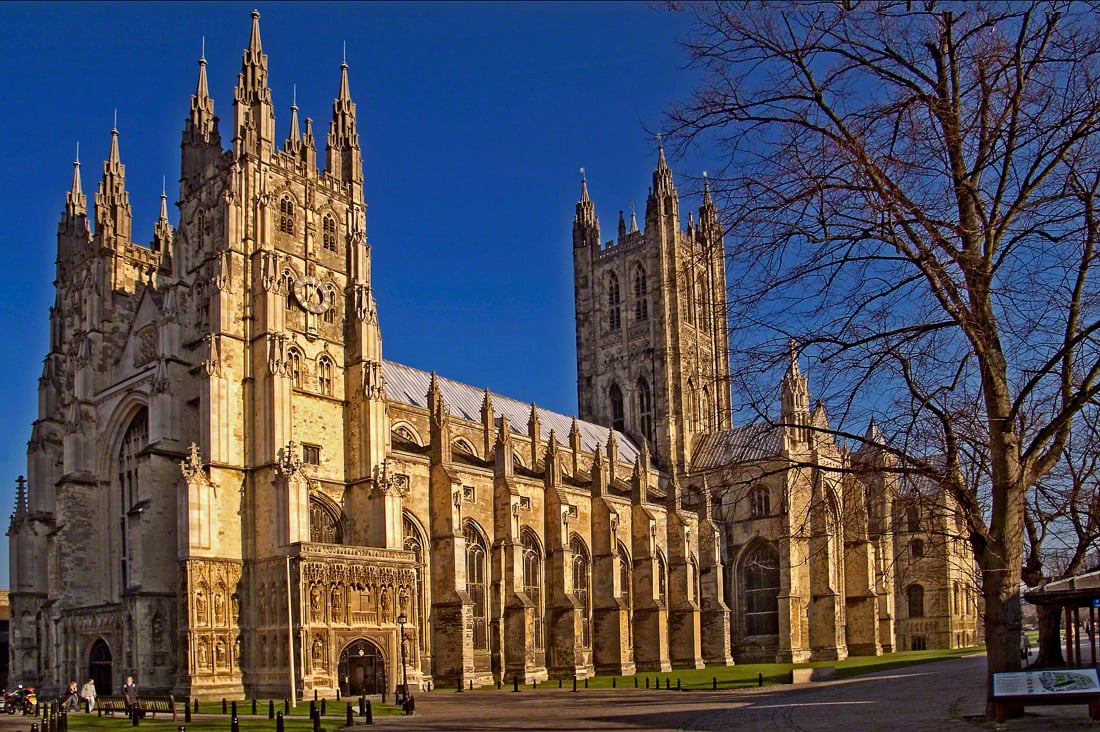M. H. Turner’s “Why Is Anglicanism a Gateway to Catholicism?” seems to be written largely as a lament of the influence of the Oxford Movement on the ACNA. Turner calls Anglicans back to what is characterized as “Anglicanism in the past,” “pre-twentieth-century Anglicanism,” and “the historic Anglican approach to ceremony.” Turner feels that the ACNA is attempting to be a weaker and pathetic copy of Rome, and in the process merely prepares Christians to use Anglicanism as a stopping point on their path of conversion from low-church evangelicalism to the bosom of the Roman Catholic Church.
Login to read more
Sign in or create a free account to access Subscriber-only content.
